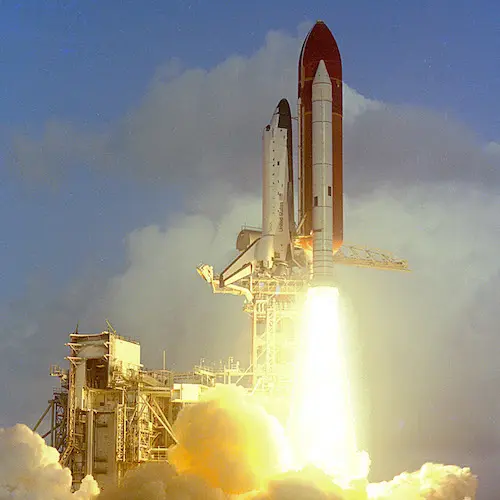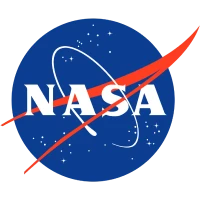/
STS-51-L
Launch Failure
Liftoff Time (GMT)
16:38:00
Tuesday January 28, 1986
Watch Replay
Official Livestream
Mission Details
Launch Notes
Disclaimer: The video linked for this launch features loss of life and may be disturbing for some viewers. During the ascent phase, 73 seconds after liftoff, the vehicle experienced a catastrophic structural failure resulting in the loss of crew and vehicle. The Rogers Commission later determined the cause of the accident to have been the failure of the primary and secondary (backup) O-ring seals on Challenger's right Solid Rocket Booster. It was the first loss of crew during a launch in the history of US Spaceflight.
STS-51-L
The tenth mission for Challenger, STS-51-L was scheduled to deploy the second in a series of Tracking and Data Relay Satellites, carry out the first flight of the Shuttle-Pointed Tool for Astronomy (SPARTAN-203) / Halley's Comet Experiment Deployable in order to observe Halley's Comet, and carry out several lessons from space as part of the Teacher in Space Project and Shuttle Student Involvement Program (SSIP). The flight marked the first American orbital mission to involve in-flight fatalities. It was also the first American human spaceflight mission to launch and fail to reach space; the first such mission in the world had been the Soviet Soyuz 18a mission, in which the two crew members had survived. Gregory Jarvis was originally scheduled to fly on the previous shuttle flight (STS-61-C), but he was reassigned to this flight and replaced by Congressman Bill Nelson.
Low Earth Orbit
21,937 kilograms
Rocket


Agency
NASAPrice
$450.00 million
Rocket
Height: 56.1m
Payload to Orbit
LEO: 27,500 kg
GTO: 3,810 kg
Liftoff Thrust
30,250 Kilonewtons
Stages
2
Strap-ons
2
Launch Site
Stats
Space Shuttle
25th
Mission
2nd
Mission of 1986
1986
10th
Orbital launch attempt
